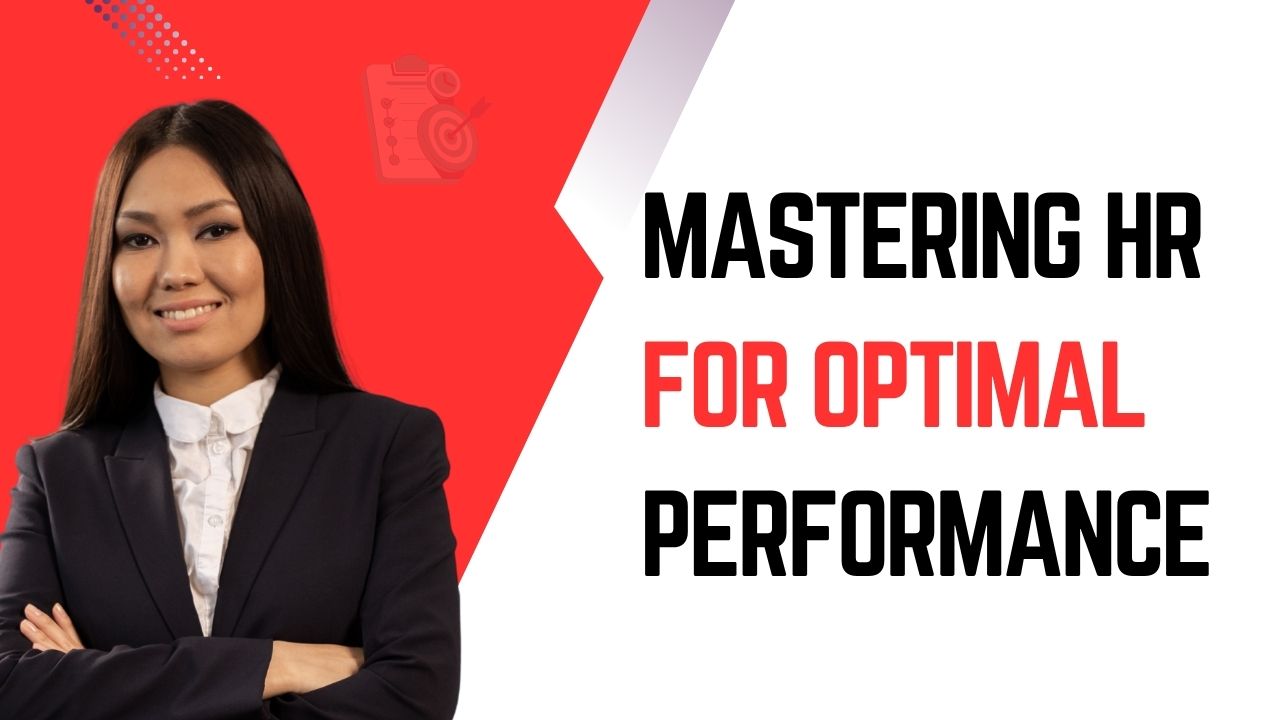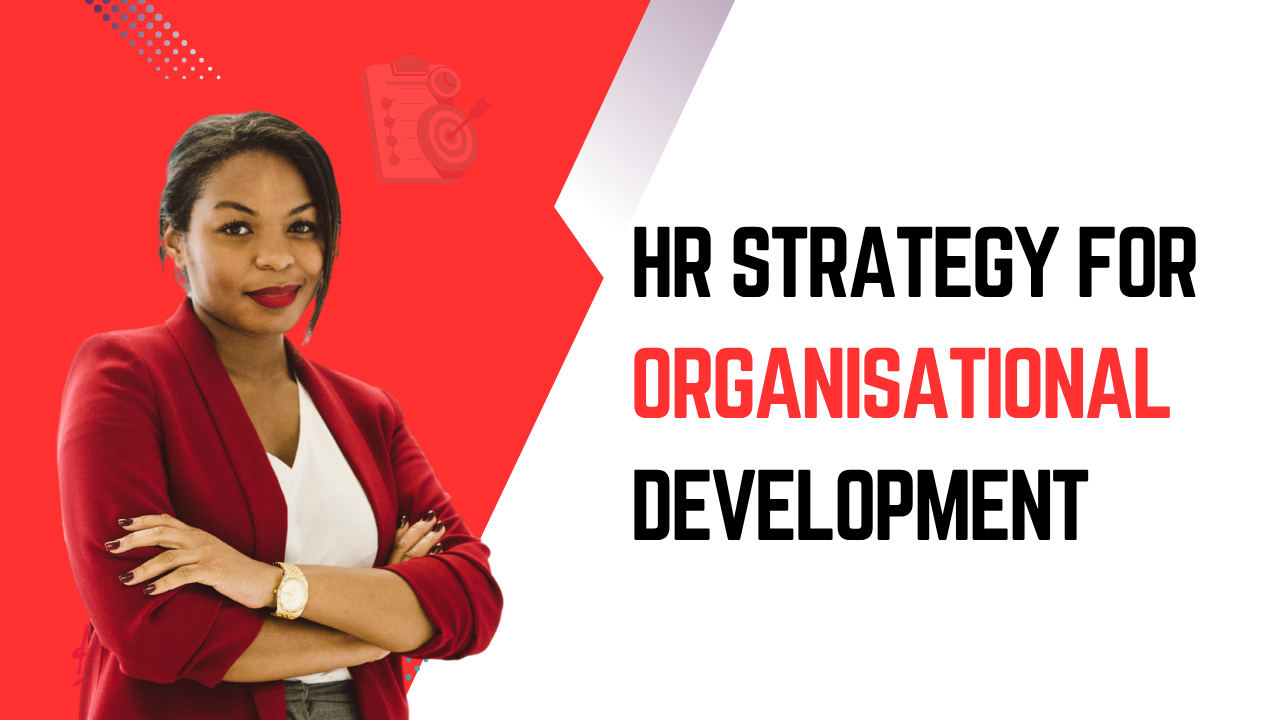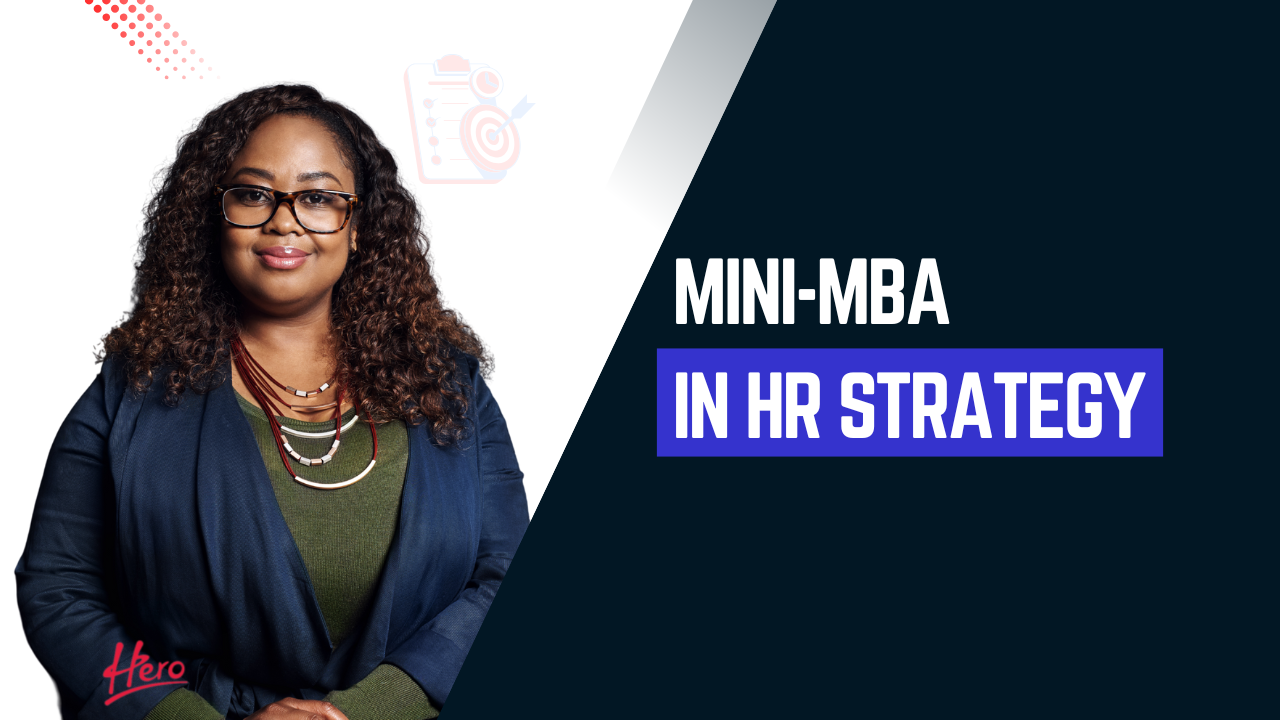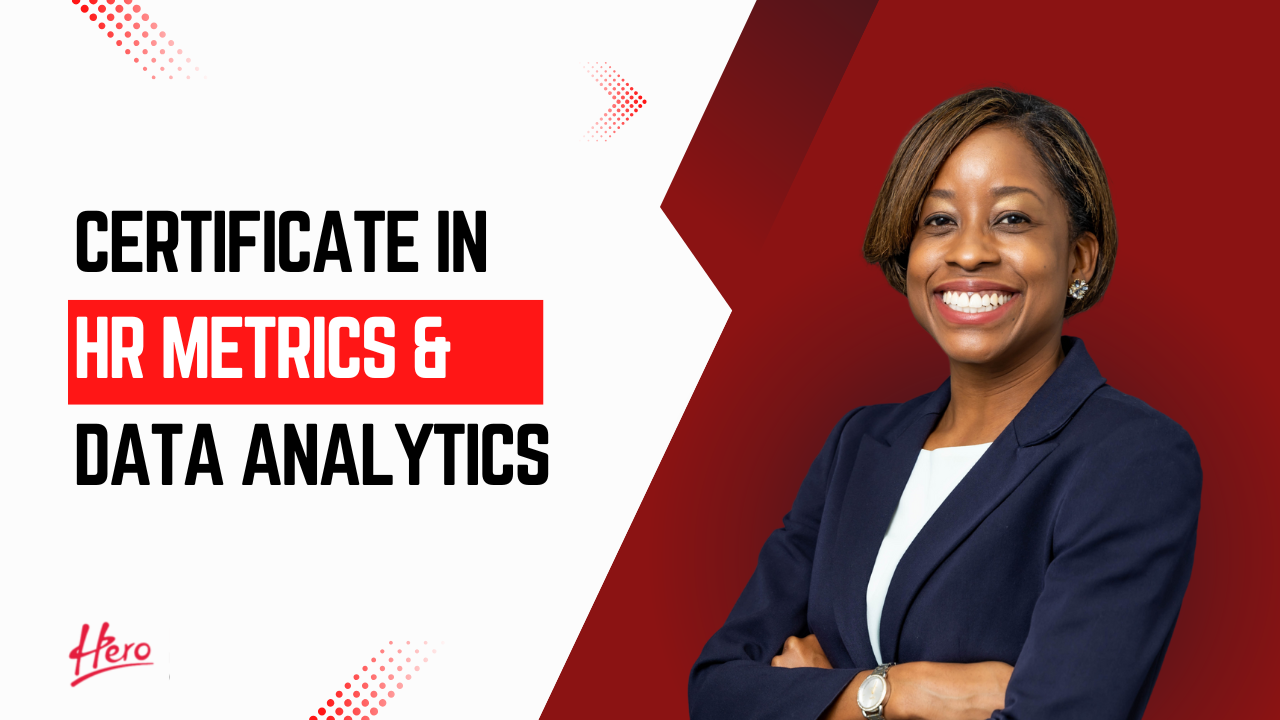The HR function has to be the bridge between the workforce and the organization. It also has to be the eyes, ears, and sometimes the conscience of the organization. This seminar will show you how to build that bridge and how to create an HR function that meets the needs of employees and the organization.
\r\n\r\nCOURSE OBJECTIVES:
\r\nAt the end of this course the participants will be able to:
\r\nDescribe the role or purpose of the HR function and the contribution the HR function makes to the achievement of organizational goals
\r\nIdentify the trends that are changing the role of HR and the world of work
\r\nDescribe the role or purpose of the HR function and the contribution the HR function makes to improving productivity and engagement
\r\nExplain the key principles and practices involved in
\r\nHR Strategy
\r\nRecruitment and Selection
\r\nInduction
\r\nRetention
\r\nEmployee Relations
\r\nApply an effective performance management process
\r\nUnderstand and use competencies for recruitment and performance management
\r\nKnow how to handle conflict and disagreement
\r\nApply some of the key personal skills needed to succeed in HR
\r\nUnderstand the essential parts of an effective HR function
\r\nLearn ideas for developing the function beyond the essential parts
\r\nUnderstand the distinctions between the role of line supervisors/managers and the HR function
\r\nUnderstand the handling change
\r\nMaster recruitment process
\r\nHandle performance issues
\r\nUse of disciplinary procedure
\r\nKnow how to handle the disciplinary issue
\r\nApply some of the key personal skills needed to succeed in HR
TARGET AUDIENCE:
\r\nManagers or Supervisors acquiring responsibility for the HR or Personnel Function
\r\nHR or Personnel Generalists
\r\nSpecialists returning to, or moving to, a generalist role
\r\nEstablished HR Professionals wishing to obtain new ideas
\r\nNewly appointed HR professionals
\r\nManagers or Supervisors or Team Leaders who wish to improve their knowledge of professional HR
COURSE OUTLINES:
\r\nHR as Part of The Business:
\r\nThe Context
\r\nSocio-Economic developments
\r\nPressures on HR
\r\nThe need for change
\r\nNationalization
\r\nHandling change
\r\nHR’s strategic role
The Component Parts of The HR Function:
\r\nRecruitment and Selection
\r\nThe effective interview
\r\nusing competencies in recruitment
\r\nInduction
\r\nEmployee Relations
\r\nCorporate Social Responsibility
\r\nHandling Disciplinary and Grievance Issues
\r\nEquity and Diversity
Refinements:
\r\nPerformance Management
\r\nThe differences between feedback and criticism
\r\nCoaching for performance improvement
\r\nThe wider use of Competencies
\r\nThe use of competencies in an Assessment Centre
\r\nTen Tips for Becoming an Employer of Choice
\r\nCoaching and Empowerment
\r\nBranding your people processes
\r\nThe Employee Value Proposition
The Psychological Contract:
\r\nSatisfaction, Retention, and Value
\r\nIdentifying the Key Players
\r\nManagement Succession
\r\nMotivation
\r\nDeveloping a Continuous Learning Culture
\r\nDelivering a Satisfied Workforce
\r\nThe Messages for Leaders
\r\nWork Organisation
\r\nMerit Pay
The Way Forward:
\r\nEvolution of HR from Tactical to Strategic
\r\nEmployee Relationship Management
\r\nThe new HR Roles
\r\nThe personal skills needed for the future
\r\nInfluencing Skills
\r\nManaging Conflict
\r\nAssertiveness
\r\nPersonal Development.





